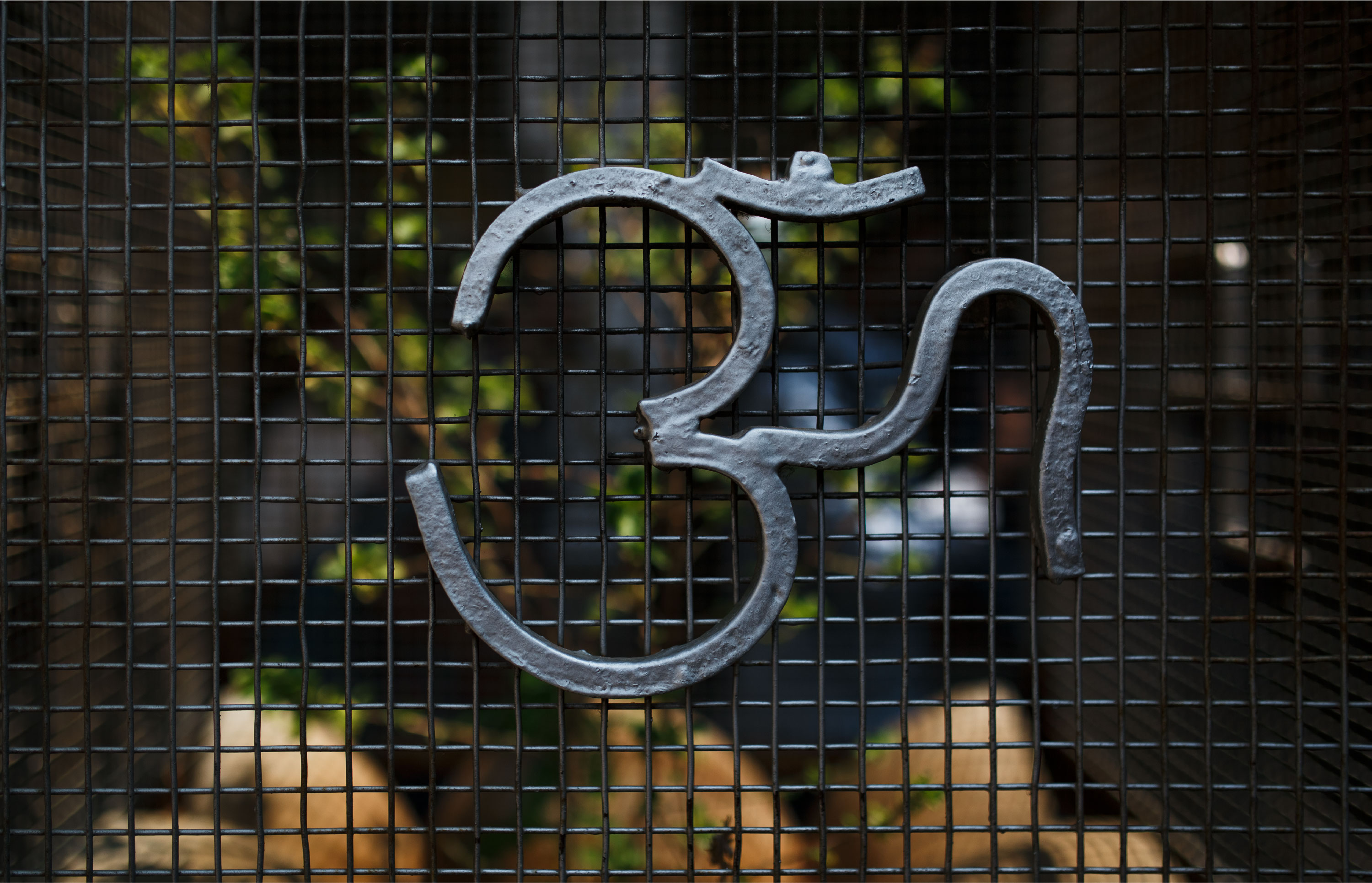SANSKRIT
What is generally called Classical Sanskrit—but is actually a language close to late Vedic as then used in the northwest of the subcontinent—was elegantly described in one of the finest grammars ever produced, the Aṣṭādhyāyī (“Eight Chapters”) composed by Pāṇini (c. 6th–5th century BCE). The Aṣṭādhyāyī in turn was the object of a rich commentatorial literature, documents of which are known from the time of Kātyāyana (4th–3rd century BCE) onward. In the same Pāṇinian tradition there was a long history of work on semantics and the philosophy of language, the pinnacle of which is represented by the Vākyapadīya (“Treatise on Sentence and Word”) of Bhartṛhari (late 6th–7th century CE).Over its long history, Sanskrit has been written both in Devanāgarī script and in various regional scripts, such as Śāradā from the north (Kashmir), Bāṅglā (Bengali) in the east, Gujarātī in the west, and various southern scripts, including the Grantha alphabet, which was especially devised for Sanskrit texts. Sanskrit texts continue to be published in regional scripts, although in fairly recent times Devanāgarī has become more generally used..

There is a large corpus of literature in Sanskrit covering a wide range of subjects. The earliest compositions are the Vedic texts. There are also major works of drama and poetry, although the exact dates of many of these works and their creators have not been definitively established. Important authors and works include Bhāsa (for example, his Svapnavāsvavadatta [“Vāsavadatta in a Dream”]), who is assigned widely varying dates but definitely worked prior to Kālidāsa, who mentions him; Kālidāsa, dated anywhere from the 1st century BCE to the 4th century CE, whose works include Śakuntalā (more fully, Abhijñānaśākuntala; “Śakuntalā Recalled Through Recognition” or “The Recognition of Śakuntalā”), Vikramorvaśīya (“Urvaśī Won Through Valour”), Kumārasambhava (“The Birth of Kumāra”), and Raghuvaṃśa (“The Lineage of Raghu”); Śūdraka and his Mṛcchakatika (“Little Clay Cart”), possibly dating to the 3rd century CE; Bhāravi and his Kirātārjunīya (“Arjuna and the Kirāta”), from approximately the 7th century; Māgha, whose Śiśupālavadha (“The Slaying of Śiśupāla”) dates to the late 7th century; and from about the early 8th century Bhavabhūti, who wrote Mahāvīracarita (“Deeds of the Great Hero”), Mālatīmādhava (“Mālatī and Mādhava”), and Uttararāmacarita (“The Last Deed of Rāma”). The two epics Rāmāyaṇa (“Life of Rāma”) and Mahābhārata (“Great Tale of the Bhāratas”) were also composed in Sanskrit, and the former is esteemed as the first poetic work (ādikāvya) of India. The Pañcatantra (“Treatise in Five Chapters”) and Hitopadeśa (“Beneficial Instruction”) are major representatives of didactic literature. Sanskrit was also used as the medium for composing treatises of various philosophical schools, as well as works on logic, astronomy, and mathematics..
Our Programs
In the table below, we have provided details of our upcoming programs for Sanskrit Langauge.
| S.No | Program | Instructor | Scheduled For | Location / ID |
|---|---|---|---|---|
| 1. | Basic Sanskrit | S Lakshmi | Aug.2020 | Zoom ID LLW-1-2-3-4-5-6 |
| 2. | Sanskrit Exams | S Lakshmi | Sep.2020 | Zoom ID LLW-1-2-3-4-5-6 |
| 3. | Advanced Sanskrit | S Lakshmi | Oct.2020 | Zoom ID LLW-1-2-3-4-5-6 |
| 4. | Sanskrit Writing Practice | S Lakshmi | Nov.2020 | Zoom ID LLW-1-2-3-4-5-6 |
| 5. | Sanskrit Subject | S Lakshmi | Dec.2020 | Zoom ID LLW-1-2-3-4-5-6 |
| 6. | Slokas | S Lakshmi | Jan.2021 | Zoom ID LLW-1-2-3-4-5-6 |
| 7. | Vedas Reading Program | S Lakshmi | Jan.2021 | Zoom ID LLW-1-2-3-4-5-6 |
| 8. | Sanskrit Essay Writing | S Lakshmi | Feb.2021 | Zoom ID LLW-1-2-3-4-5-6 |
| 9. | Sanskrit scripts Writing | S Lakshmi | Feb.2021 | Zoom ID LLW-1-2-3-4-5-6 |
| 10. | Sanskrit Oratory Workshop | S Lakshmi | Mar.2021 | Zoom ID LLW-1-2-3-4-5-6 | td>
| 11. | Sanskrit Accent Workshop | S Lakshmi | Mar.2021 | Zoom ID LLW-1-2-3-4-5-6 |
| CONTACT ( +91 99404 14021 ) FOR YOUR SANSKRIT LANGUAGE IMPROVEMENTS. | ||||
